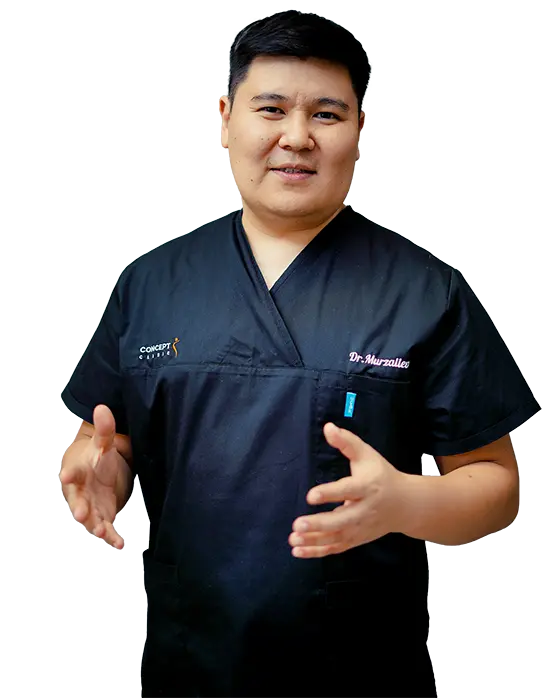Otoplasty allows you to eliminate the aesthetic defect associated with the shape, size, position of the auricles. Both congenital and acquired defects in this area can be corrected. The operation is tolerated quite easily, and recovery after it is relatively short, since there is no extensive tissue trauma.
What problems can otoplasty solve:
- Lop-eared - far-set ears
- Disproportionately large size of the ears
- Dissatisfaction with the shape of the ears, earlobes
- Loss of part of the cartilage tissue as a result of injury (reconstruction of the ears)
- Congenital underdevelopment, small size of the ears
- Dissatisfaction with the size, position, thickness of the earlobes
- Asymmetrical location of the ears
- Post-traumatic deformities of the outer ear.
How is otoplasty performed
Before the operation, the plastic surgeon discusses the problem and your wishes with you, the possibility and maximum implementation of them through surgery, explains the course and essence of the intervention. Usually, ear plastic surgery is performed under local anesthesia. If necessary, local anesthesia is combined with sedation.
During the operation, an approach is used in the least noticeable area - the behind-the-ear area. This determines the invisibility of the scar in the future. However, some techniques for correcting protruding ears require incisions on the auricle itself. They are also performed on its inner surface, due to which the scars will be barely noticeable.
During the operation, the cartilaginous tissue of the ear is modeled, fixing sutures are applied. Afterwards, the wounds are sutured with an inconspicuous cosmetic suture. After the operation, a special compression bandage is put on the ears, which must be worn constantly for several days. Then the bandage will need to be worn at night for several weeks.
Rehabilitation after otoplasty
If necessary, after the operation, the patient remains in the hospital for a day under the supervision of a doctor and competent medical personnel. But, as a rule, the patient goes home on his/her own feet.
The stitches are removed after 7-14 days. After the operation, you cannot sleep on your side for some time, stay in the sun, or engage in intense physical activity. The doctor can also give individual recommendations.
The recovery period involves wearing a special bandage around the clock, first around the clock (10 days), then only at night (another month).

